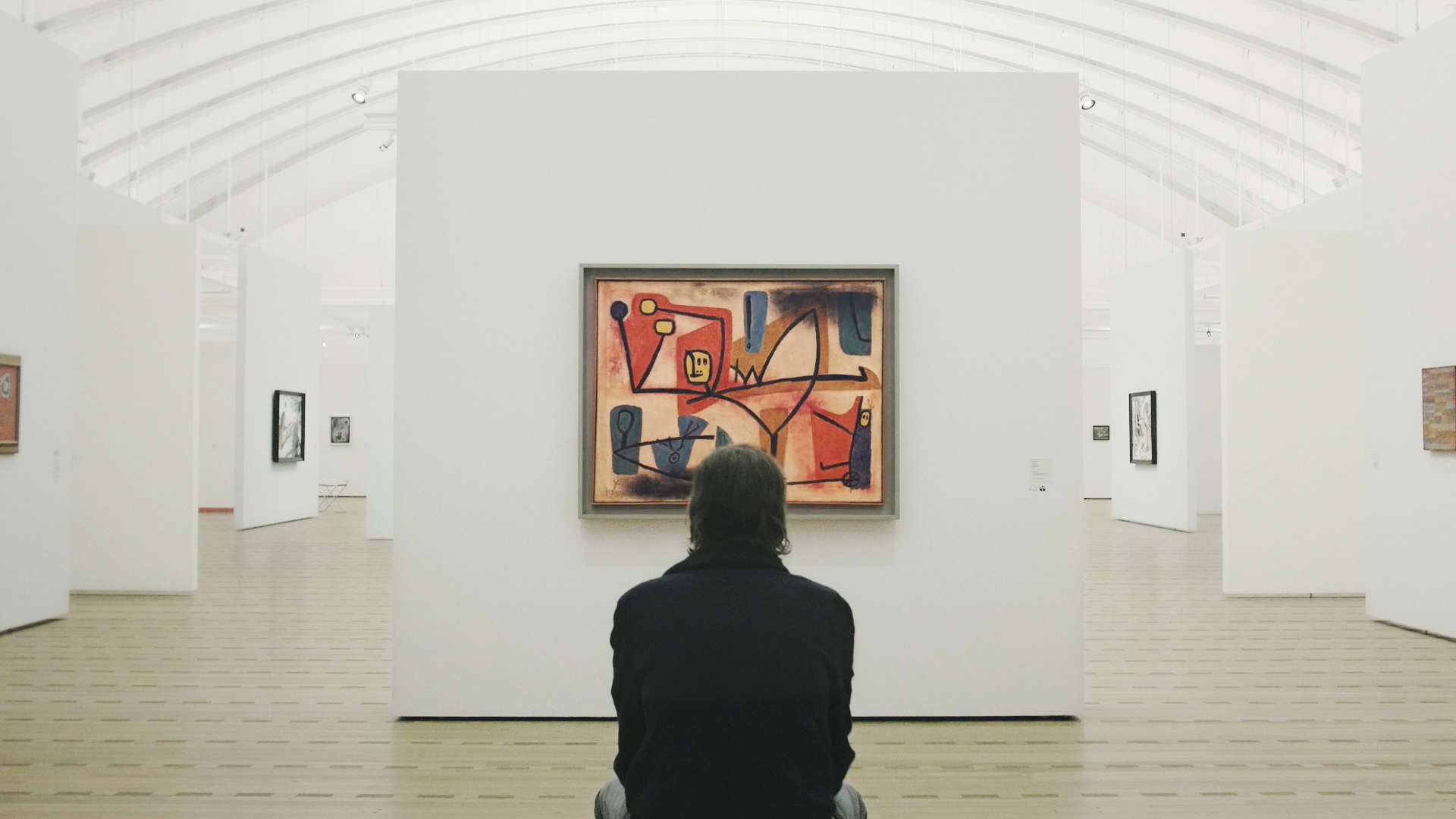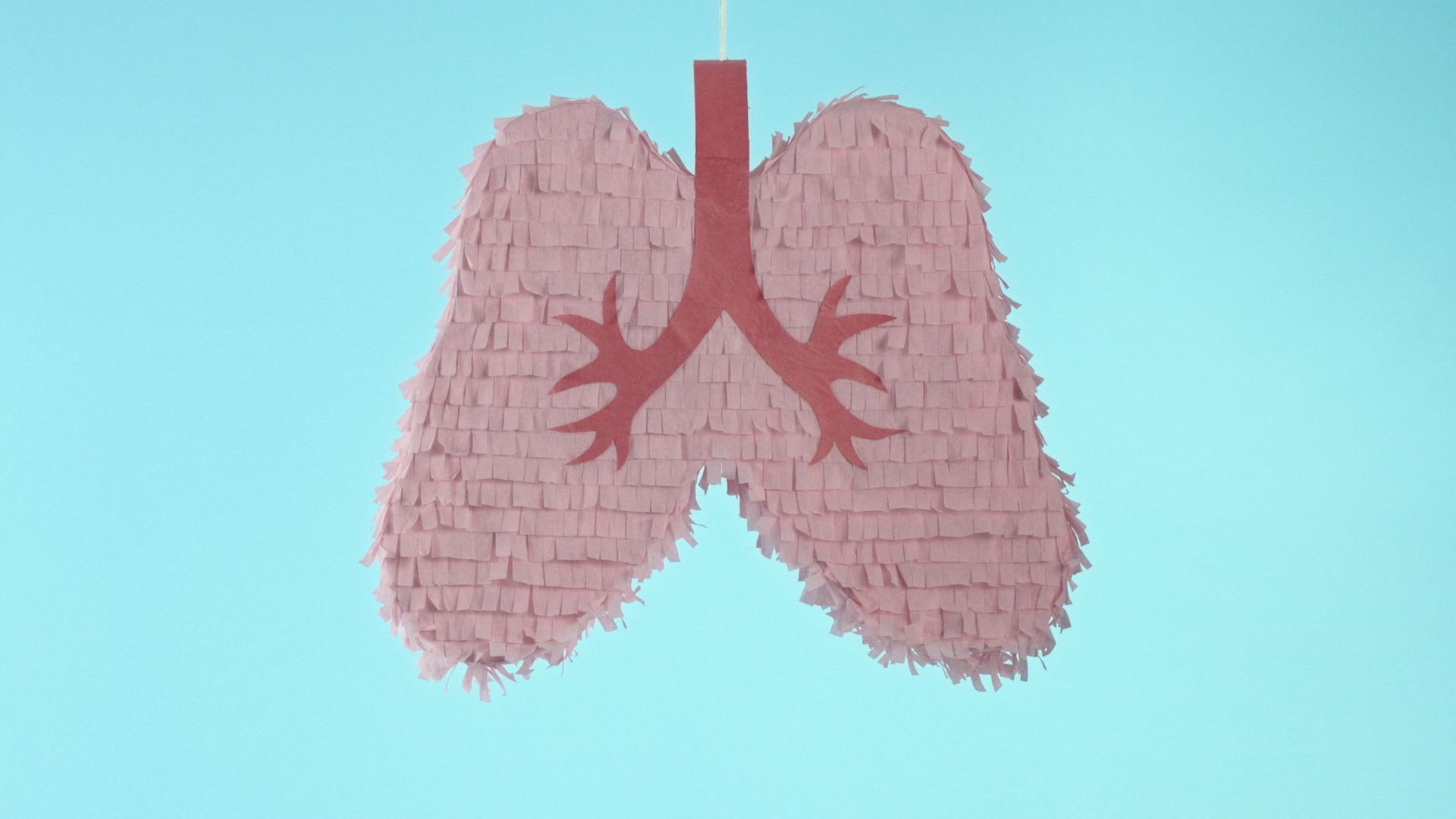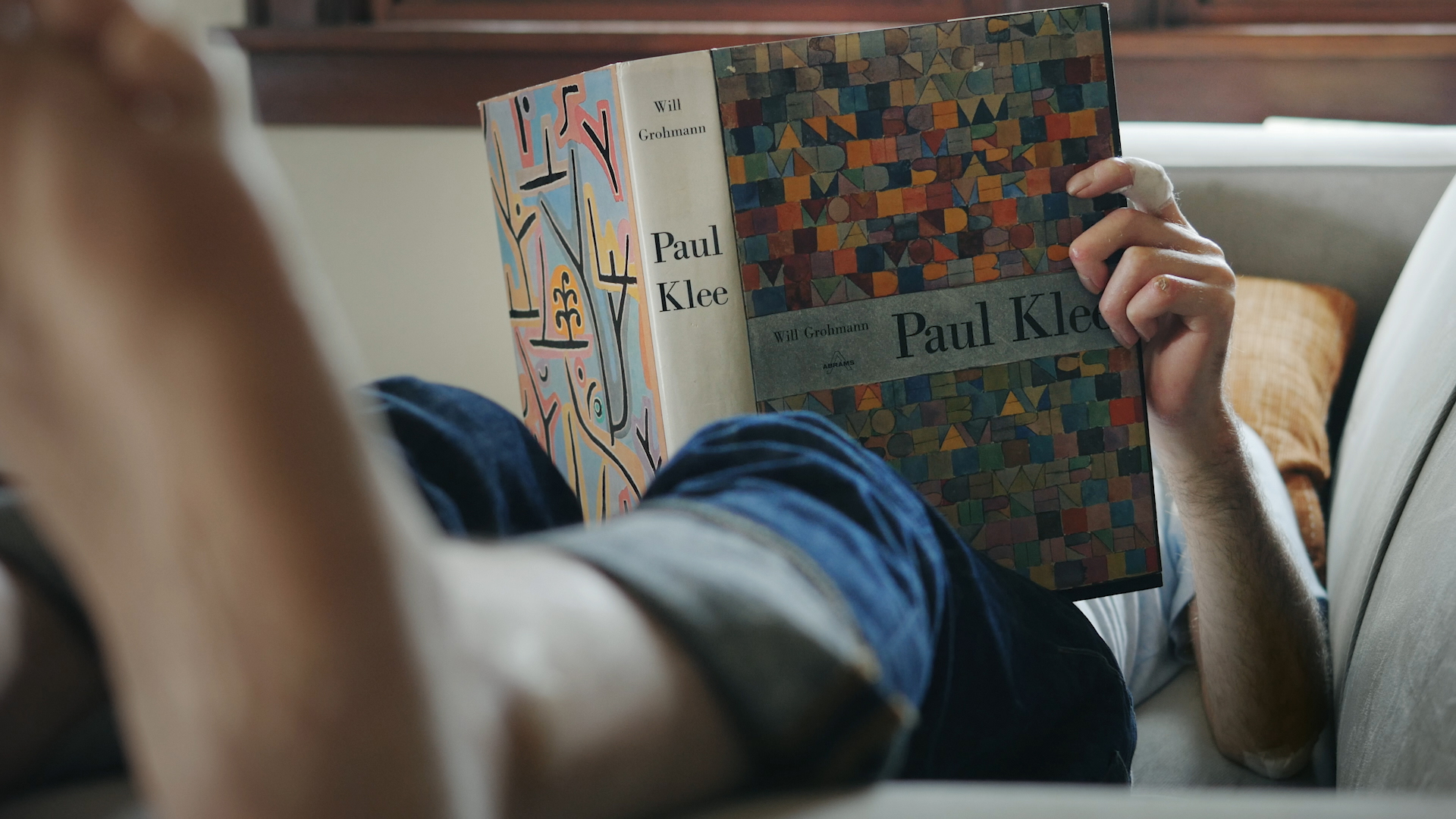Ken August Meyer on Angel Applicant

After being diagnosed with systemic scleroderma, a rare autoimmune disease, filmmaker Ken August Meyer found himself reexamining the works of 20th century Swiss-German artist Paul Klee, who had suffered from the same disease. Meyer’s documentary, Angel Applicant, chronicles his journey with the systemic scleroderma and the relationship he developed with the later works of Klee as he grew to relate to them on a new, deeply personal level.
The film is part personal narrative, part art film, and part medical documentary, all combining to create a unique and heartfelt story about living with a chronic illness and finding comfort in shared experience–even if the experiences are lived over a half-century apart. Angel Applicant will be playing at the Telluride Film Festival, which begins September 1st.
Frontrunner spoke with Meyer about finding the right balance of art and information for the film, art’s unique ability to capture what can’t be seen, and the impact of his film on scleroderma awareness.
This interview has been edited for length and clarity.

This film chronicles quite a personal journey, but now it’s quite public, being screened at various film festivals. Could you talk a bit about what it’s been like to release this film to the public, sit in on screenings and see the audience’s response to this documentary?
I’ve been seeing myself as a character a lot throughout making this film, but to step back now and see myself on the screen, especially when we first screened it at South by Southwest, there was a little bit of anxiety but also excitement at the same time. It’s obviously, like you said, very personal. To have the film out there now does feel a little bit scary in a sense, but at the same time, I’ve had this overwhelming feedback from people with scleroderma, people who have a family member suffering, or people who have lost loved ones to the disease who have reached out to me and thanked me for creating this piece so that it can be a beacon of hope for people who have been diagnosed with the disease or who have similar experiences of the maladies that come with living with chronic illness. So that has been sort of a counter that has reassured me that it was a good decision to put myself out there, even though, as I mentioned when making this film, it’s sort of out of my comfort zone to put myself out there as I’ve become quite introverted in private as a result of the changes that have happened to my body from the disease.

Throughout the film you use all these visuals like popsicles, hot dogs, a lung-shaped pinata, and mannequins, which I found quite striking. I thought they really reinforced how this felt like a personal narrative and a story as well as a non-fiction documentary. Why did you choose these specific objects, and why did you choose to use visuals for these specific moments?
I wanted to inject moments of color and surprise into the film. I’ve seen a number of medical documentaries that have a difficult time escaping a clinical kind of medical educational awareness bubble, and I thought it was important to bring the unexpected moments to the film so that the audience could feel some uplift at times. I also wanted to use those visuals as sort of hyperbole to events that were happening. I think doing that reassures the audience that we’re going to a place where the subject matter is of course, somber, but there’s also joy to be had even in dark moments. We can take a step back and find beauty in them. The other aspect that was important to me was to bring a sense of creativity. From my background as an art director, I always think about visual storytelling in ways that are impactful, and I sort of wanted to echo some of that ironic wit that is found in Paul Klee’s artwork and this notion that we can be self-deprecating about things that are happening to us and laugh at them. You can particularly see that in Klee’s titles. I think that helps illustrate the human ability to face adversity with a bit of levity. To not get so caught up in all the darkness and to allow moments of joy to come through.
That actually relates quite a bit to my next question, which is about Klee and his paintings and drawings. I noticed that throughout the film you’d show various drawings and even as sometimes their subjects were a bit mournful or somber, the titles would be humorous or ironic. It seemed like even though he was in this difficult place, he still found some humor in how he was dealing with it and how he was making his drawings. What do you think it is about art, both for artists who are creating it as well as people who are just viewing art and getting joy from it, that allows both the artist and the viewer to find relief in times of uncertainty or pain?
I think with chronic illness in particular or any kind of suffering, it’s easy to be inside your head and to feel isolation. The feelings that you can have, it’s good to externalize them. And some people do that with therapy, which is great. And the exercise of creating something and letting yourself explore feelings through different mediums is very therapeutic in itself. And Klee’s work always had some idea behind it and some sort of meaning whether he knew it or not. To me it did feel like he was sort of a channel from another realm, which I think is really interesting. There’s a mysticism to him, but it’s quite evident in his last years that his artwork took on a very personal importance to be able to express what was inside of him, to get out all that he could, knowing that he had limited years.

This next question is also a bit about Klee. I found it quite interesting how the film explored the personal background to Klee’s paintings. Early in the film there was this quote about how the Nazis believed and how people still believe today that, “art should be critiqued only for its skillful ability to produce perceived reality.” That quote really stuck with me because it’s something I’ve heard before as well. Those sorts of snap judgments about art can prevent some people from seeing the beauty and meaning in art like Klee’s, because instead of considering his background and his intentions, they just see it as something that isn’t completely naturalistic and judge it based on that. So I was wondering, why do you think people hold that belief and how do you think artists can combat that judgment?
Yeah, that’s a tough one. I think that one will last for a long time. I even have some family members who don’t necessarily see art the way a lot of us do. This is just an opinion, but I think some people look at art as decor and think about it as an object or for its aesthetic value, whereas I think it’s important to approach art conceptually and to see the intention of an artist. What is the artist communicating? I don’t think people often see art as a tool for expression, but rather more as an object. I think that there’s also a mix in tradition and in history of art replicating what we can see. I think something that was really important to Klee was to paint what we can’t see. In fact he’s been quoted as saying, “to emphasize only the beautiful seems to me to be like a mathematical system that only concerns itself with positive numbers.” There’s an even better one that is, “art does not reproduce the visible; rather, it makes visible.” He felt that using the tools of abstract expressionism often can capture the true reality of something more than painting what the eye sees.
At the end of the documentary, you say that you want to raise awareness of systemic scleroderma. Have you noticed any impacts of your efforts to raise awareness?
The attention the film has gotten from festivals and critical accolades have been wonderful, but the thing that has been really gratifying is knowing that the film has resonated with people who are suffering with the disease. We’ve been beginning to partner with the Scleroderma Foundation, and I’ve had a number of people that have reached out to me about the film and their excitement about watching it. But also at film festivals, there have been a number of people who’ve traveled to see the film and specifically come to the festival to see it. When we were in Toronto at Hot Docs, we had a number of people that came up to us afterwards, and that has just been one of the most gratifying things. I have to really give a shout out to my employer that I took disability leave from as an art director, Wieden+Kennedy, and JOINT, who helped produce the film, for recognizing the potential of this film, and doing what we set out to do. In a sense, it really is a medical awareness film disguised as an art film and a scleroderma awareness piece disguised as an art film. Embracing that from the beginning has really allowed for the film to give a portrait of what it’s like to live with the disease. That’s the part I’m most excited about, that it’s another way that people can discover more about scleroderma since there hasn’t really been many films that have escaped the boundaries of clinical awareness, instead of showing the humanistic side of living with scleroderma.
Responses